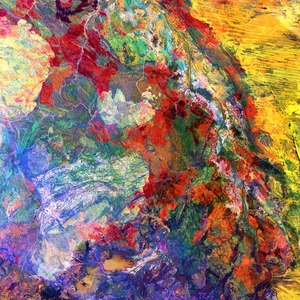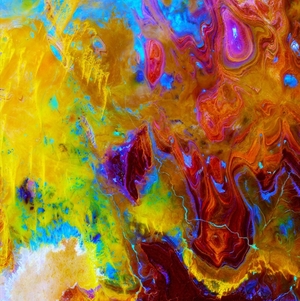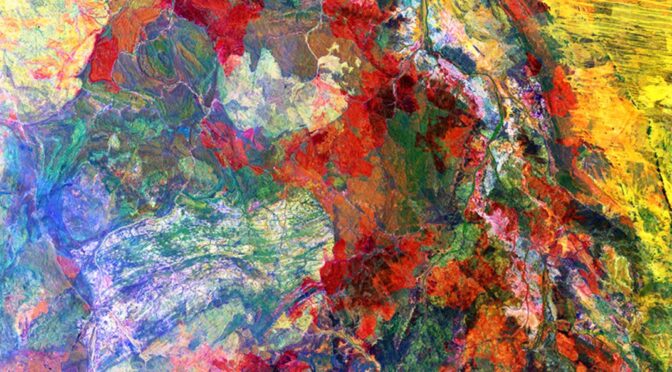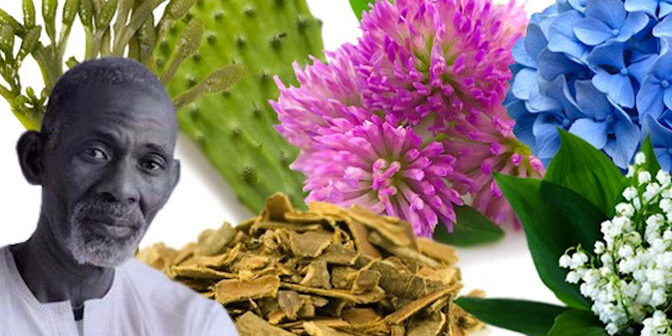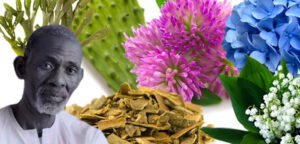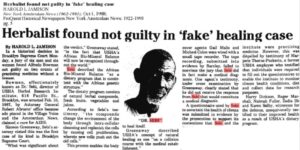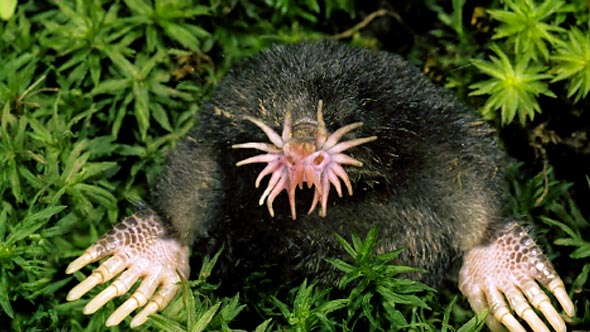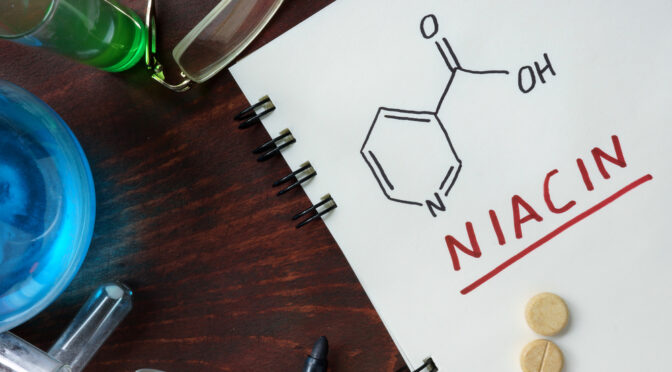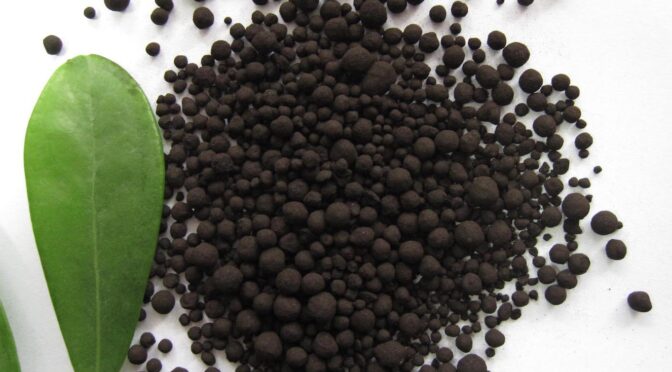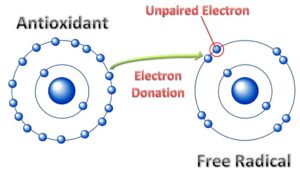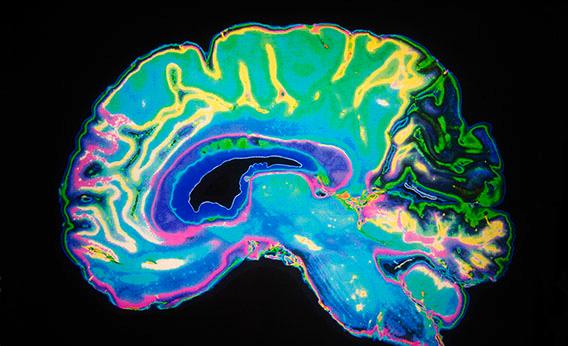“Some of the best advice you’ll ever get will come from your gut instinct”.
We’ve all heard expressions about trusting our gut and following our instincts, but now, science is finally giving us the evidence to support it.
Dubbed “The Second Brain” by Michael Gershon, Chairman of the Department of Anatomy and Cell Biology at New York–Presbyterian Hospital/Columbia University Medical Center. The network of neurons that line our guts are filled with (over 100 million) neurotransmitters which to put it simply, do a lot more than simply digest our food.
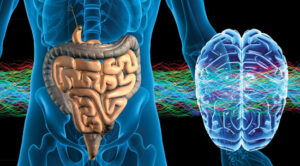 What Gershon found is that the enteric nervous system directly connects to the larger central system at the base of the skull, that assists in feeding information to our brains through the hypothalamus and pituitary, known as the Gut Brain Axis. This information exchange than helps to determine our mental state, as well as “playing a crucial role when it comes to disease in the body.”
What Gershon found is that the enteric nervous system directly connects to the larger central system at the base of the skull, that assists in feeding information to our brains through the hypothalamus and pituitary, known as the Gut Brain Axis. This information exchange than helps to determine our mental state, as well as “playing a crucial role when it comes to disease in the body.”
While this second brain has not been proven to formulate its own conscious thought, nor play any major role in our decision-making process, “The system is way too complicated to have evolved only to make sure things move out of your colon,” says Emeran Mayer, professor of physiology, psychiatry and biobehavioral sciences at the David Geffen School of Medicine at the University of California, Los Angeles (U.C.L.A.).
This second brain plays a large role in our emotional well-being and instinctual motives as it is now being discovered that “a big part of our emotions are probably influenced by the nerves in our gut,” Mayer adds.
Butterflies in the stomach are a sign of physiological distress felt by this system, and sensed by the huge amount of neurotransmitters (more than the number found in the spinal cord or the peripheral nervous systems).
Since this amazing discovery, it is becoming more clear that our emotional well-being has a direct relation to our physiology. When we are stressed, anxious or nervous, there is a concurrent exchange of information being translated between our minds and our guts, which can be speculated as a probable cause in diabetes, obesity and stubborn belly fat.
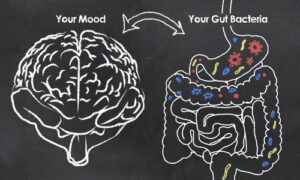 This incredible research comes pursuant of one of the most well-known scientists in his field Mark Lyte, of Texas Tech University Health Sciences. 30 years ago Lyte began his career long journey seeking to prove that “gut microbes communicate with the nervous system using some of the same neurochemicals that relay messages in the brain”. Lyte proposed that there was a connection between our mental state or mood and the bacteria found in the gut.
This incredible research comes pursuant of one of the most well-known scientists in his field Mark Lyte, of Texas Tech University Health Sciences. 30 years ago Lyte began his career long journey seeking to prove that “gut microbes communicate with the nervous system using some of the same neurochemicals that relay messages in the brain”. Lyte proposed that there was a connection between our mental state or mood and the bacteria found in the gut.
In 2007, it was announced that the scientific community would be launching a “Human Microbiome project, that would catalog all micro-organisms living in the body through a series of testing and since then biologist are understanding more and more that much of what makes us human, depends largely on the microbial activity within our bodies.
There are over two million unique bacterial genes found in each human microbiome that make the mere 23,000 genes in our cells seem insignificant by comparison ‘‘It has enormous implications for the sense of self,’’ Tom Insel, the director of the National Institute of Mental Health, told The New York Times. ‘‘We are, at least from the standpoint of DNA, more microbial than human. ”
These microbial in our gut, secrete chemicals and Lyte has found that “among those chemicals are the same substances used by our neurons to communicate and regulate mood, like dopamine, serotonin and gamma-aminobutyric acid (GABA).”
In conclusion, the sayings are true.
You are what you eat, and always listen to your gut.
by LJ Vanier,
Sources:
http://www.scientificamerican.com/article/gut-second-brain/
http://www.nytimes.com/2015/06/28/magazine/can-the-bacteria-in-your-gut-explain-your-mood.html?_r=0
